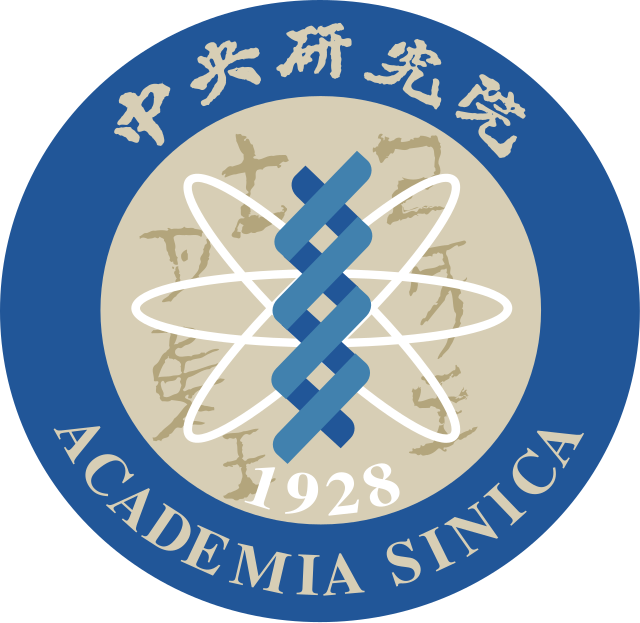Pattern Formation Lab
Research Field
A self-proclaimed biologist when I need an excuse for being bad at physics. A self-proclaimed physicist when I honestly can’t remember that many genes.
I went to Duke University to pursue my PhD and origianlly my interest in evolution and development (evo-devo). Less than a year later, I ditched my original interest and studies how a budding yeast bud. That question accidentally became a physics problem of how certain proteins autonomously pattern in the yeast cell. Before I realized, I was attending more physics meetings than biology ones. After graduation, I went to do a postdoc in UCSD. Having the advantage of (moderately) knowing both biology and physics, I published barely enough to start my own lab in the Institute of Plant and Molecular Biology (IPMB) in Academia Sinica, Taiwan. I now plan to answer fundamentally evo-devos question using biophysics approaches.
Pattern formation is a fascinating process critical in the development of multicellular organisms. Although the underlying molecular pathways for pattern formation may be completely different between distinct phylogenetic clades, they often follow similar mathematical principles. Since mathematical principles often transcend taxonomic boundaries, why can't patterning also occur in 'unicellular' microbes? We use interdisciplinary approaches, including live cell microscopy and mathematical modeling to studies the principles of pattern formation that play key roles in microbial developmental processes.
Cell polarity
How does the same polarity machinery result in diverse growth modes? The answer lies within the intra-cellular pattern formation process of polarity proteins. We explore how the recently developed Turing theoretical framework could explain cell polarity modes in not only the budding yeast but also the diversity of growth modes among Ascomycete fungi.
Biofilm development
Forty years after the clock-and-wavefront model was proposed, researchers studying vertebrate somitogenesis has learned that the coupling mechanism of cell-autonomous oscillators is critical to generate a collective pattern. Biofilms are multicellular communities of bacteria that develop segments using analogous mechanisms. How is collective patterning achieved in developing bacterial bioflims?
Emerging Young Scholar | 2030 CROSS-GENERATION YOUNG SCHOLARS PROGRAM, MINISTRY OF SCIENCE AND TECHNOLOGY, TAIWAN
Ph.D., Genetics and Genomics, Duke University
2 Vacancies
Job Description
.
Preferred Intern Education Level
We are accepting both undergraduate and graduate level interns!
Skill sets or Qualities
Requirements: 1. Basic Calculus 2. Basic Cell Biology 3. An open mind to communicate with people academic backgrounds.
